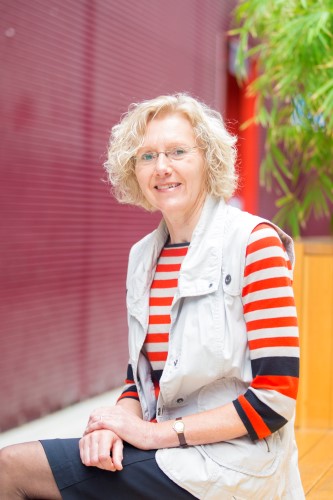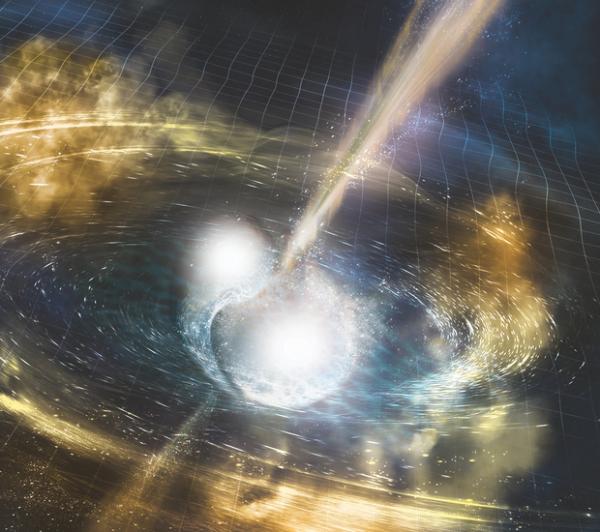Renate Meyer

2018: Associate Professor Renate Meyer, The University of Auckland, has been awarded a James Cook Research Fellowship in Physical Sciences for research entitled: 'Noise characterization studies for laser-interferometric gravitational wave observatories'
Gravitational waves – ripples in space-time caused by accelerating massive objects – were predicted by Einstein’s general relativity theory in 1916, but not directly measured until 2015. For the first time, international scientists from the Advanced LIGO (Laser Interferometer Gravitational-Wave Observatory) and Advanced Virgo teams have observed these waves traveling through space-time that originated from a cataclysmic event in the distant universe. This ground-breaking discovery marks the beginning of a new and grand revolution in astronomy. Whereas light waves have provided a picture of the Universe back to 400,000 years after the Big Bang, gravitational waves can give us information all the way back to a minute fraction of a second after the Big Bang.
However, to clearly decipher the weak gravitational wave signals from instrumental noise, it is essential to very carefully characterise the noise using statistical methods. Associate Professor Renate Meyer has been a pioneer in the gravitational wave data analysis community since the 1990’s and her work has been directly cited and used by the LIGO team in their analysis and announcement of the first gravitational wave observation. In this James Cook Research Fellowship, Associate Professor Meyer will collaborate with high-profile European astrophysicists and statisticians, as well as researchers within the LIGO Scientific collaboration and the LISA (Laser Interferometric Space Antenna) research community to combine expertise in general relativity, gravitational waves, applied Bayesian statistics, and ‘big data’. They aim to understand the sources of noise in gravitational wave detection and to mitigate against them to purify the desired wave signal. Associate Professor Meyer’s fellowship provides an unmissable opportunity for New Zealand researchers to contribute substantially to the world-wide gravitational wave data analysis effort. This internationally significant project at the frontiers of physics and statistics will increase awareness of New Zealand as a centre of research excellence in astro-statistics. Associate Professor Meyer’s contributions will help make exotic and extreme events such as the coalescence of black holes, which are invisible to us using light, observable using gravitational waves.

Cataclysmic Collision: Artist’s illustration of two merging neutron stars. The rippling space-time grid represents gravitational waves that travel out from the collision, while the narrow beams show the bursts of gamma rays that are shot out just seconds after the gravitational waves. Swirling clouds of material ejected from the merging stars are also depicted. The clouds glow with visible and other wavelengths of light (CREDIT - NSF_LIGO_Sonoma_State_University_A._Simonnet).
